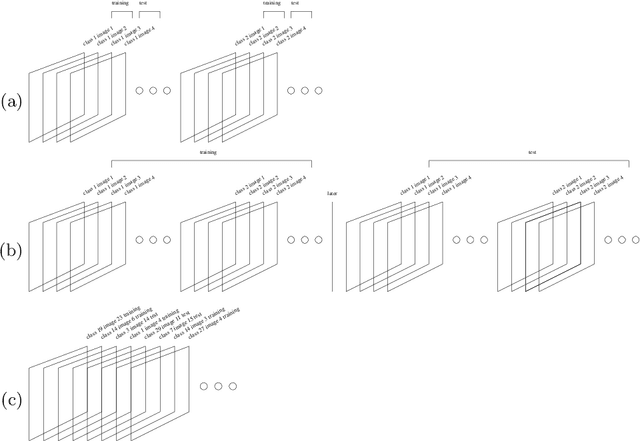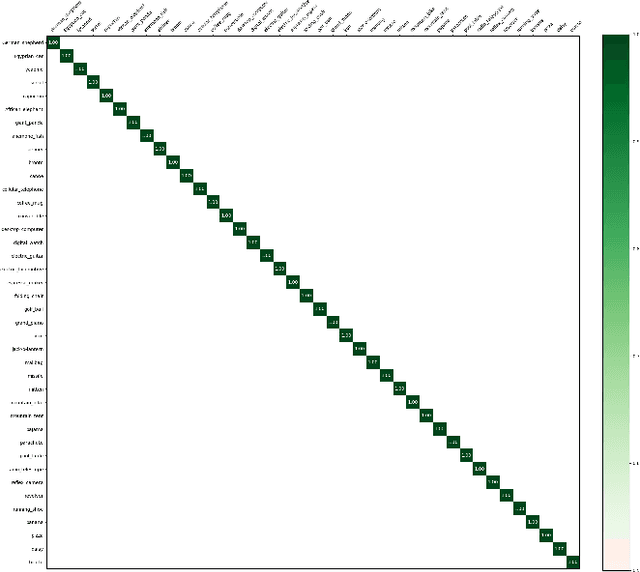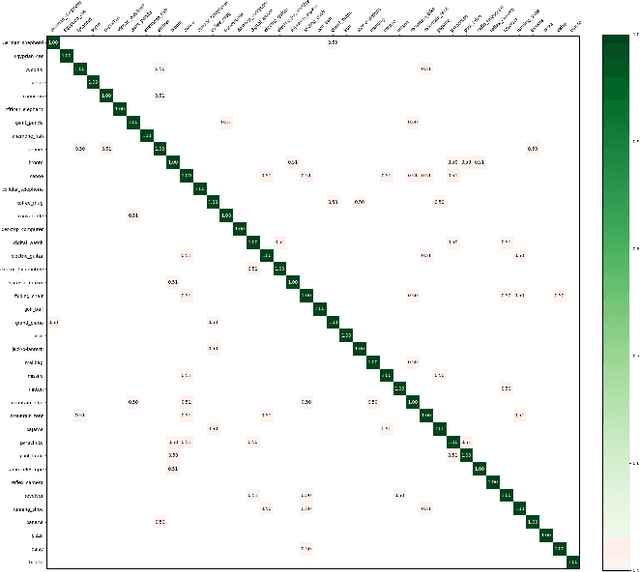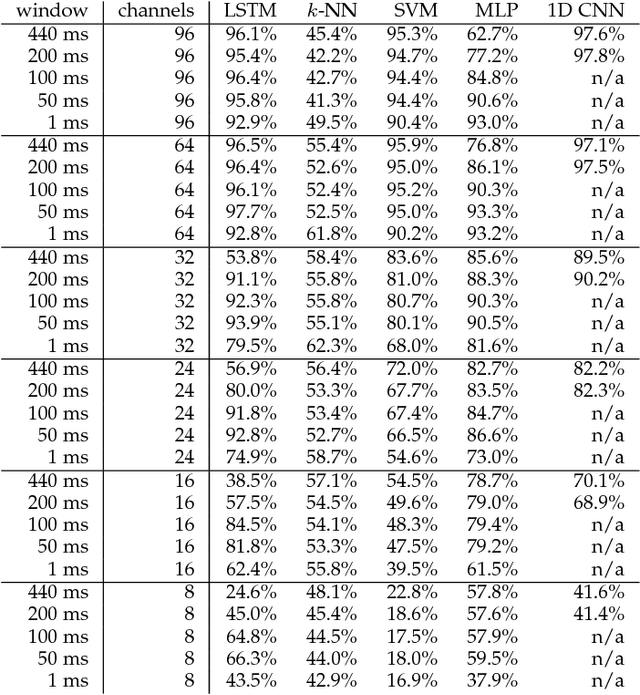Hari M Bharadwaj
Object classification from randomized EEG trials
Apr 09, 2020



Abstract:New results suggest strong limits to the feasibility of classifying human brain activity evoked from image stimuli, as measured through EEG. Considerable prior work suffers from a confound between the stimulus class and the time since the start of the experiment. A prior attempt to avoid this confound using randomized trials was unable to achieve results above chance in a statistically significant fashion when the data sets were of the same size as the original experiments. Here, we again attempt to replicate these experiments with randomized trials on a far larger (20x) dataset of 1,000 stimulus presentations of each of forty classes, all from a single subject. To our knowledge, this is the largest such EEG data collection effort from a single subject and is at the bounds of feasibility. We obtain classification accuracy that is marginally above chance and above chance in a statistically significant fashion, and further assess how accuracy depends on the classifier used, the amount of training data used, and the number of classes. Reaching the limits of data collection without substantial improvement in classification accuracy suggests limits to the feasibility of this enterprise.
Training on the test set? An analysis of Spampinato et al.
Dec 18, 2018



Abstract:A recent paper [31] claims to classify brain processing evoked in subjects watching ImageNet stimuli as measured with EEG and to use a representation derived from this processing to create a novel object classifier. That paper, together with a series of subsequent papers [8, 15, 17, 20, 21, 30, 35], claims to revolutionize the field by achieving extremely successful results on several computer-vision tasks, including object classification, transfer learning, and generation of images depicting human perception and thought using brain-derived representations measured through EEG. Our novel experiments and analyses demonstrate that their results crucially depend on the block design that they use, where all stimuli of a given class are presented together, and fail with a rapid-event design, where stimuli of different classes are randomly intermixed. The block design leads to classification of arbitrary brain states based on block-level temporal correlations that tend to exist in all EEG data, rather than stimulus-related activity. Because every trial in their test sets comes from the same block as many trials in the corresponding training sets, their block design thus leads to surreptitiously training on the test set. This invalidates all subsequent analyses performed on this data in multiple published papers and calls into question all of the purported results. We further show that a novel object classifier constructed with a random codebook performs as well as or better than a novel object classifier constructed with the representation extracted from EEG data, suggesting that the performance of their classifier constructed with a representation extracted from EEG data does not benefit at all from the brain-derived representation. Our results calibrate the underlying difficulty of the tasks involved and caution against sensational and overly optimistic, but false, claims to the contrary.
 Add to Chrome
Add to Chrome Add to Firefox
Add to Firefox Add to Edge
Add to Edge